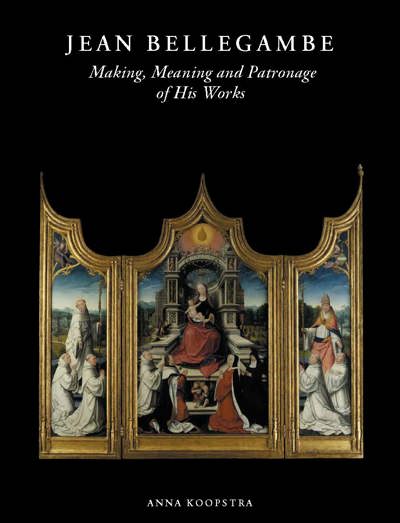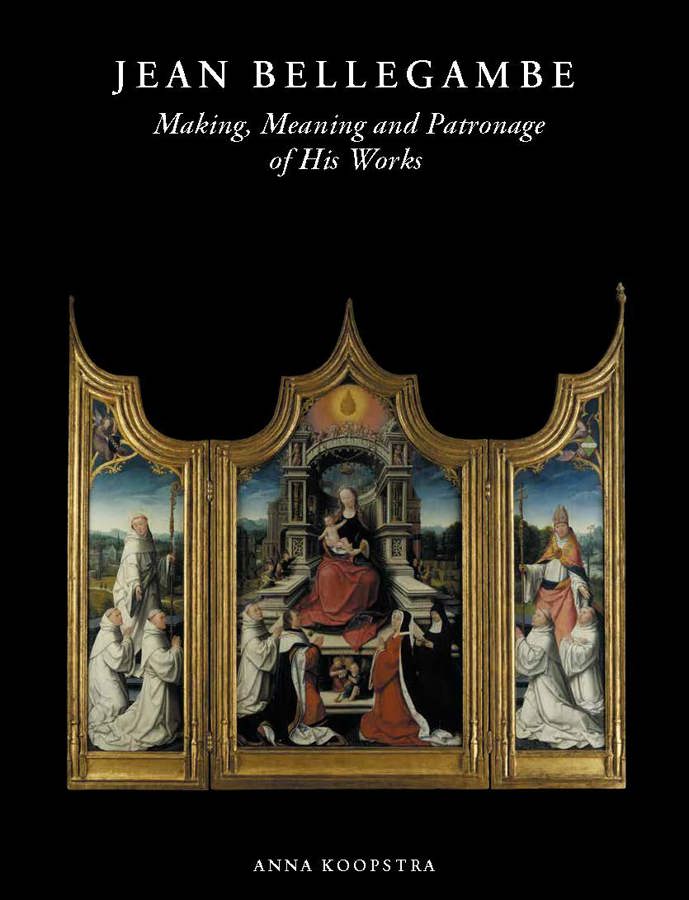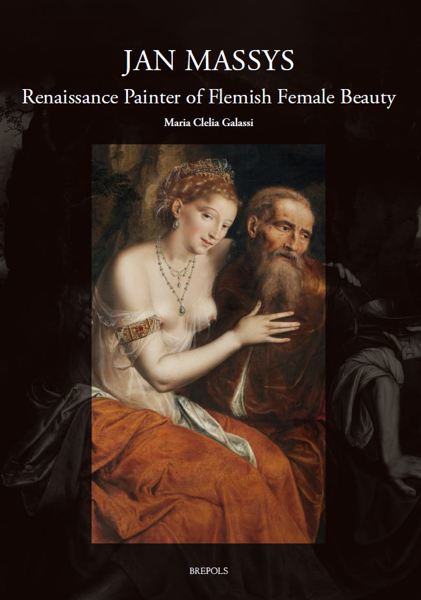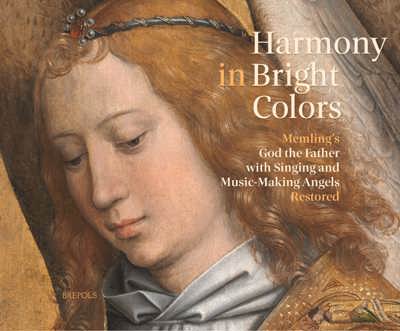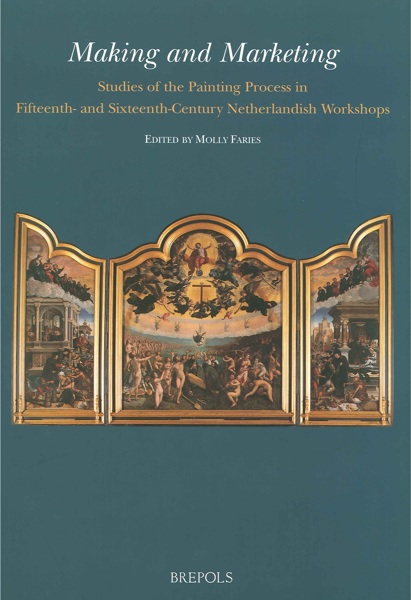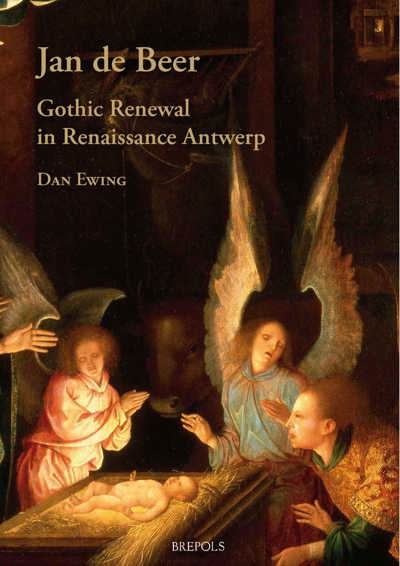
- Pages: 160 p.
- Size:210 x 297 mm
- Illustrations:10 b/w, 105 col.
- Language(s):English
- Publication Year:2022
- € 100,00 EXCL. VAT RETAIL PRICE
- ISBN: 978-2-503-57437-0
- Hardback
- Available
Karel van Manderprijs 2023
(Vereniging van Nederlandse Kunsthistorici (VNK))
“(…) thanks to Anna Koopstra, we now have a useful, updated study of Bellegambe’s life, working methods, and approaches to iconographic sources upon which to build.”
Andrea Pearson, in Historians of Netherlandish Art Reviews, May 2023
"The book by Anna Koopstra about Jean Bellegambe adds an extremely careful, thorough, and beautifully produced study to the monographs on early Dutch painters. (...) More traditional art historical research—iconographic, stylistic, archival, and historiographic—is combined with modern technical research and a keen eye for drawings and graphics as visual sources for the artist. (…) The beautifully produced and clearly written book represents excellent and versatile art historical research that, through in-depth analysis of a small group of characteristic artworks, offers a new perspective on an important artist, his work and methods, as well as the impact of that distinctive body of work." Drs. Lidewij de Koekkoek (VNK, Frans Hals Museum) - Jury President - 2023 Karel van Manderprijs
"While monographs focused on so-called minor or forgotten artists have somewhat fallen out of style in academic publishing, there is still tremendous value in such publications for specialists. A case in point is Anna Koopstra’s Jean Bellegambe, which does not assemble a complete corpus in the manner of a traditional catalogue raisonée; instead, Koopstra offers an overview of key issues in a singular artist’s oeuvre, examining his patrons, key commissions, and works in terms of their historical context (with important archival documentation) and physical construction (...)." (Stephanie Porras, in Austrian History Yearbook, 2024/1-2)
Anna Koopstra (1980) studied art history at the University of Groningen (MA, 2004) and obtained her doctorate from the Courtauld Institute of Art (PhD, 2016). She has held curatorial positions and research fellowships at the Suermondt-Ludwig Museum (2005-08), The Metropolitan Museum of Art (Slifka interdisciplinary Fellow, 2008-10), The National Gallery (2015-17), and the Courtauld (Associate Caroline Villers Research Fellow, 2016/17). Her research focuses on the technical investigation of paintings, and in particular on the making and meaning of early Netherlandish paintings.
Jean Bellegambe (c. 1470- 1535/36), whose career as far as we know spanned the first three decades of the sixteenth century, was a successful painter. His patrons included some of the most high-ranking clerics in the Habsburg-Burgundian Netherlands as well as members of the ruling class of Douai, the town where he lived and worked all his life.
This is the first study to appear since Dehaisnes' 1890 monograph that is exclusively devoted to the artist. By reassessing primary evidence - archival documents and material evidence from the works of art themselves - it aims to highlight Bellegambe's artistic achievements. Close scrutiny of his paintings and investigation of the artist's working methods will show that Bellegambe visualised the concerns of his patrons by closely linking the physical characteristics of his works to their original imagery, function and use.
This volume presents a series of five case studies of his works that were made for a monastic community, two individual clerics, a town hall and a bourgeois layman, thus providing rich evidence of patronage and audiences. The objective here is to examine how Bellegambe met the challenges posed by these commissions, and to gain further insight into the practice of a skilled artist who - rooted in a long line of craftsmanship and artistic tradition and in close collaboration with his colleagues and patrons - produced a body of highly original works.
INTRODUCTION
CHAPTER I
The Artist’s Life and Career
LifeCHAPTER IIWorks
Posthumous legacy
Oeuvre and Patrons
The Anchin Polyptych
Similar patrons, similar commissions
Other works
CHAPTER III
Preliminary Observations on Materials and Working Methods
Panels and framesCHAPTER IVUnderdrawing and painting technique
Technical evidence and questions of attribution
Workshop
Jean Bellegambe and the Convent of Flines: Reconsidering The Cellier Altarpiece
Monastic reform and the convent of FlinesCHAPTER VThe evolution of the composition
Interpreting the iconographic program
Location, audience, date
Clerical Devotion and the Monastic Milieu: The Diptych of the Virgin and Child with Saint Bernard and an Unidentified Cistercian Monk
The Virgin and child as an object of clerical devotionCHAPTER VI Self-Representation and Piety for the Here and the Hereafter: Abbot William of Brussels and the Triptych of the AnnunciationThe abbess as exemplar
William of Brussels as a patronCHAPTER VII Painting as a Moral Compass: Triptych of the Last JudgmentFunction and location
The Last Judgment, the Four Last Things, and visions of heaven and hellCHAPTER VIII Civic Duty, Charitable Giving, and the Wish to Be Commemorated: The Pottier Triptych and the Pottier FamilyFunction and audience
Reviewing the archival evidenceIconography and meaning
Scenes of the life of Saint Anne, demi-grisaille, and the reality of giving
CONCLUSION
Bibliography
Index
